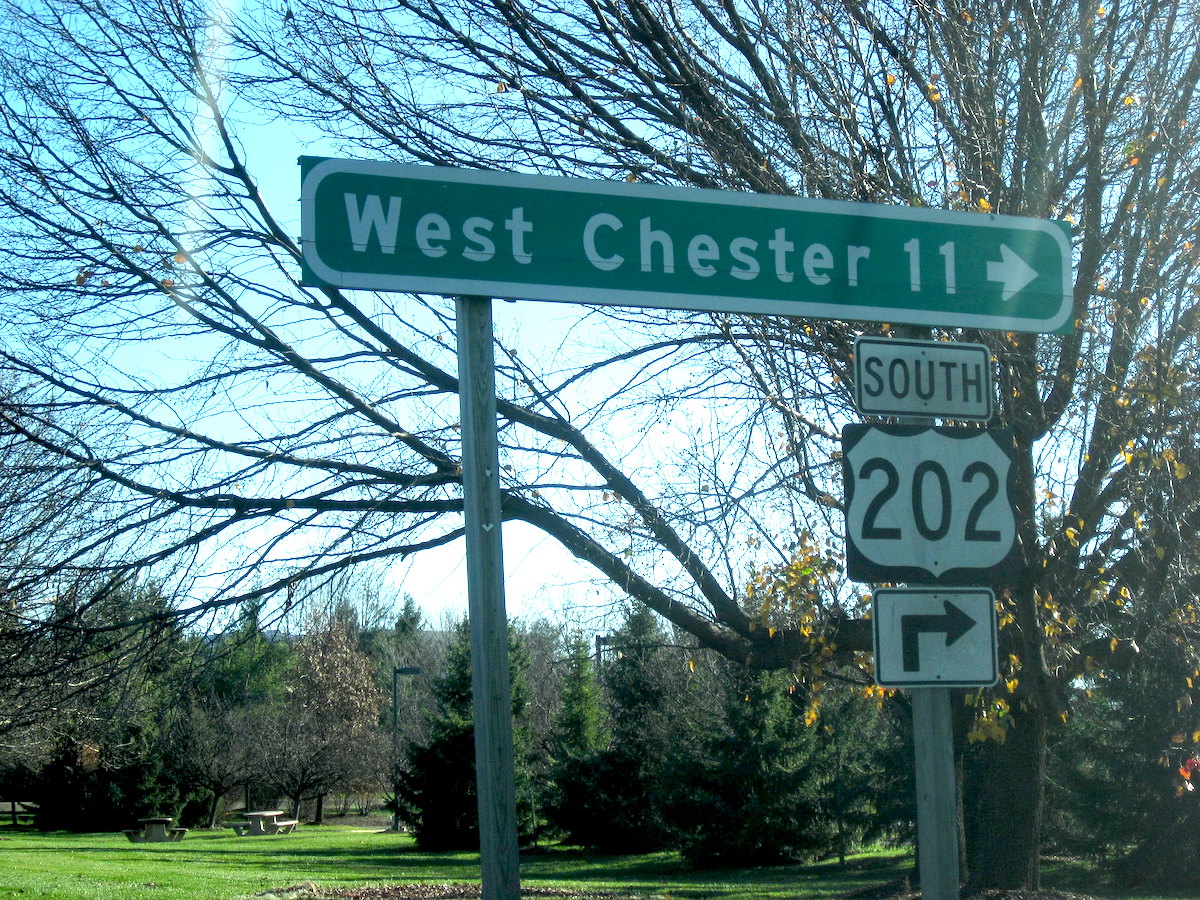That’s how Kate Rivera, executive director of the Philadelphia-based Technology Learning Collaborative, described the members of the Pennsylvania Statewide Digital Equity Coalition (PASDEC) when they first started organizing in summer 2022.
PASDEC is made up of nonprofits from across the state collaborating to ensure Pennsylvania gets its fair share from the onslaught of digital equity funds the federal government is dispersing this year. Active members currently represent Allegheny, Beaver, Berks, Bedford, Chester, Dauphin, Lancaster, Philadelphia, Washington and York counties.
The group got started after Jennifer Blatz, program director for the Greater Pittsburgh Digital Inclusion Alliance, realized that an organized group of digital equity advocates from across the state could help those individual groups share information and talk about issues every county is facing in terms of broadband connectivity and digital resources.
It’s an important moment for such work, as the State of Pennsylvania prepares to give out over $1 billion in federal funding to support broadband infrastructure expansion. The Pennsylvania Broadband Development Authority (PABDA) is the agency in charge of planning for these funds and distributing them to orgs across the state, which is expected to happen next year.
PABDA closed applications for the Capital Projects fund this summer, and this month approved and submitted its five-year action plan for using Broadband Equity Access and Deployment (BEAD) funding to the National Telecommunications and Information Administration (NTIA). Now, PABDA is focused on creating a plan for forthcoming Digital Equity Program funds. Each of these initiatives is funded by the American Rescue Plan Act or the Infrastructure Investment and Jobs Act.
As organizations across the state prepare for this federal funding, the world of digital equity is new to many of them. Blatz said PASDEC’s goal is to create connections between different orgs and internet service providers so they’re prepared to apply for funding.
PASDEC has been meeting regularly for the past year, and with applications for BEAD and Digital Equity Program funding coming soon, Blatz thinks more people will become closely involved to keep up with those application processes.
“I would love to see every county in Pennsylvania have its own digital equity coalition,” Blatz said. Indeed, several already do, including TLC and the Greater Pittsburgh Digital Inclusion Alliance, each of which count a handful of member orgs working to connect their respective city’s residents to digital resources. “We are certainly not here to try to run the table for every county. We just want to provide support and resources when people reach out to us and fortunately, people are finding us, which is great.”
PASDEC is working on formalizing its structure, thanks to support from The Benton Institute, a national broadband and digital equity organization. Benton is funding Blatz and a rep from Common Sense Media, who is supporting PASDEC’s communications and outreach work, for time spent building the org. Blatz expects to relaunch PASDEC soon, now that it has more support.
Statewide collaboration
The group’s leaders are conscious about not creating an urban and rural divide. While urban settings often have broadband infrastructure in place that rural communities are lacking, they both face affordability issues and digital literacy issues.
“Whether you’re in Elk County or you’re in Philadelphia County, the issue of affordability is going to be a universal thing,” Blatz said. “So let’s focus on what is universal.”
Philadelphia has an especially strong network of digital equity advocates, Rivera said. Other parts of the state don’t have the same information networks, so PASDEC is intended to be a hub for sharing knowledge and support so the money that’s being distributed can be used effectively.
Beyond equitable funding dispersal, the other goal of PASDEC is to identify the shared issues across counties and advocate for solutions to the state and federal government.
“We know that people who are working on the frontlines in their communities are the people who know best what their communities need,” Rivera said. The group wants to “lift up those voices and make sure that they’re heard and considered in the planning and implementation process.”

Each county will be affected differently by this federal funding depending on how much preparation they do, she said. And each county will approach the funding differently.
Jim Mercante and Joan Holliday represent the Chester County Digital Alliance at PASDEC meetings. Mercante said when he originally got involved in digital equity work, he was focused on southern Chester County. He told Technical.ly he believes there is not widespread recognition that some parts of the county lack access to the internet, despite being one of the wealthiest in Pennsylvania.
As a member of PASDEC, Mercante said he would like to increase awareness in Chester County about the digital divide, and that internet access is a necessity in modern society.
“Everyone needs to have access to the internet,” he said, “otherwise they’re going to be left behind — significantly behind — with all the advances that are coming in health, education, etc.”
He and Holliday joined the statewide coalition to learn best practices from other digital equity organizations in the state, Mercante said, not only to apply those methods to his local community, but share that information so other organizers can use it.
Working with PABDA
Collaboration across the state creates transparency and efficiency when communicating with the NTIA and PABDA, as well. Reps from PABDA, in particular, regularly attend PASDEC’s meetings and keep open communication with the group.
Rivera said PABDA seems to see the value in a statewide coalition and is open to hearing the group’s concerns; Blatz said it saves time and energy for PABDA to answer one question in front of a coalition rather than answer the same question 30 times.
“Since the federal government has never done this before, there’s a lot of unknowns and so we’re all trying to kind of help each other unpack it, understand it, dispel myths or put rumors to bed,” Blatz said. “We want to make sure that for our colleagues, the members of our coalition, that we’re arming them with the best possible information and we’re sharing information in a very small-d democratic kind of way.”
PABDA is not an official member of PASDEC, said Penny Ickes, spokesperson for the Pennsylvania Department of Community and Economic Development, which houses PABDA. However, Ickes confirmed that PABDA participates in PASDEC’s biweekly meetings and solicits the group’s input about the Capital Funds Project plans, BEAD plan and Digital Equity plan.

“PASDEC is a trusted resource comprised of diverse, boots-on-the-ground digital equity professionals and advocates that are crucial stakeholders for the PBDA,” Ickes told Technical.ly via email. “They help inform PBDA of digital equity assets and community needs and help push out information soliciting broadband feedback from residents, businesses, and communities. Additionally, the PBDA has and will continue to participate in events that PASDEC members hold across the state to further digital equity. Their input is crucial in ensuring the PBDA builds plans that serve the Commonwealth’s needs.”
Rivera and Blatz believe the biggest challenge PABDA faces with this work is not having much time to gather input and complete these plans — mere months.
“These are timelines set by the federal government and so they’re doing their best to meet those,” Rivera said. “But if they’d had more time, they certainly could have gone into more detail, had more community input and things like that.”
Mercante hopes PASDEC can be involved in reviewing applications for BEAD funding from internet service providers or larger institutions. He said he’s afraid rural parts of the state will get left behind because ISPs will say it’s too expensive to build infrastructure in those areas.
One of Rivera’s biggest concerns is that certain parts of the state don’t have the knowledge of broadband and digital equity issues to prepare for incoming federal funding, or they don’t have dedicated people preparing for it.
“If communities aren’t prepared for the funding, if they’re not organizing as communities, as regions, and identifying what their needs are and how they’re going to work with internet service providers and others to really meet the needs in their communities,” Rivera said, “then they’re at risk of this federal funding not being deployed to their communities or not being deployed effectively to really meet the needs that exist in those communities.”
After a year of organizing, this “scrappy” group of digital equity advocates seems to be untangling wires and creating strong connections.







